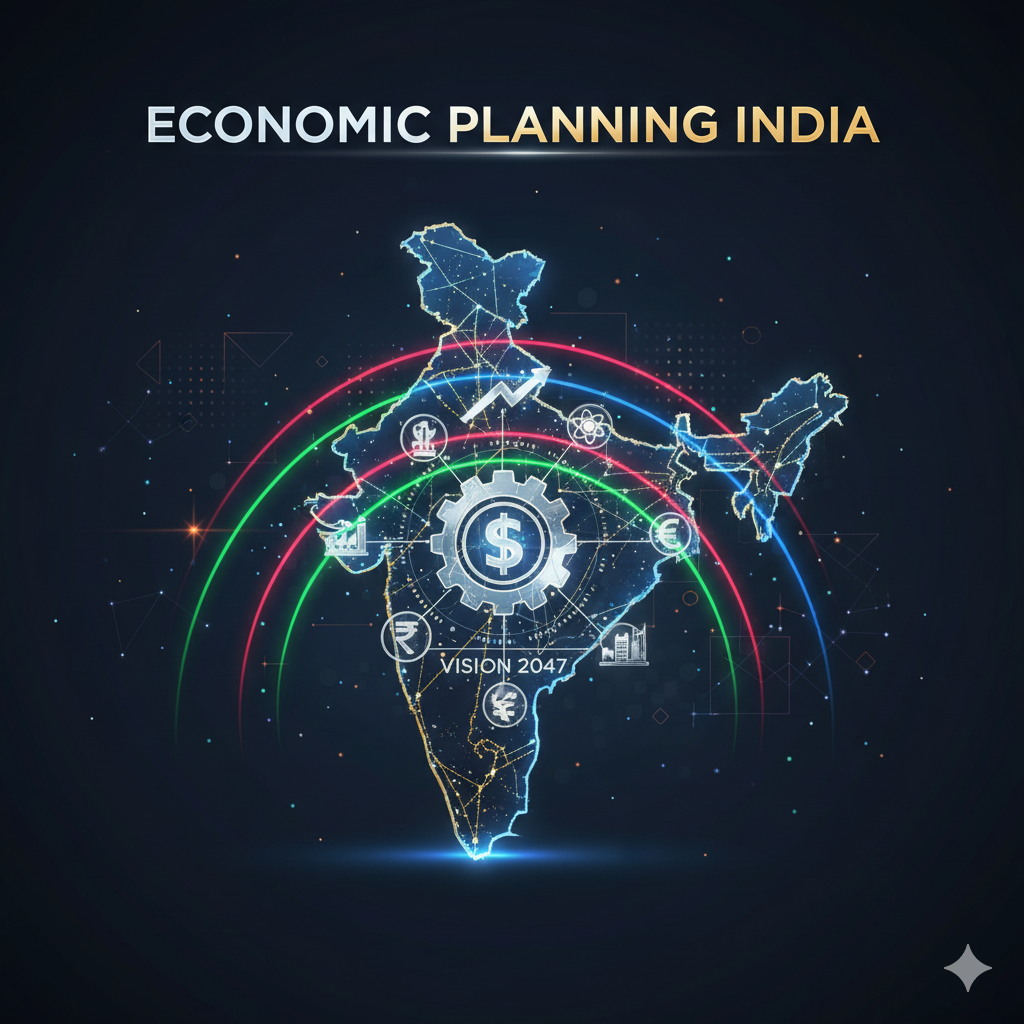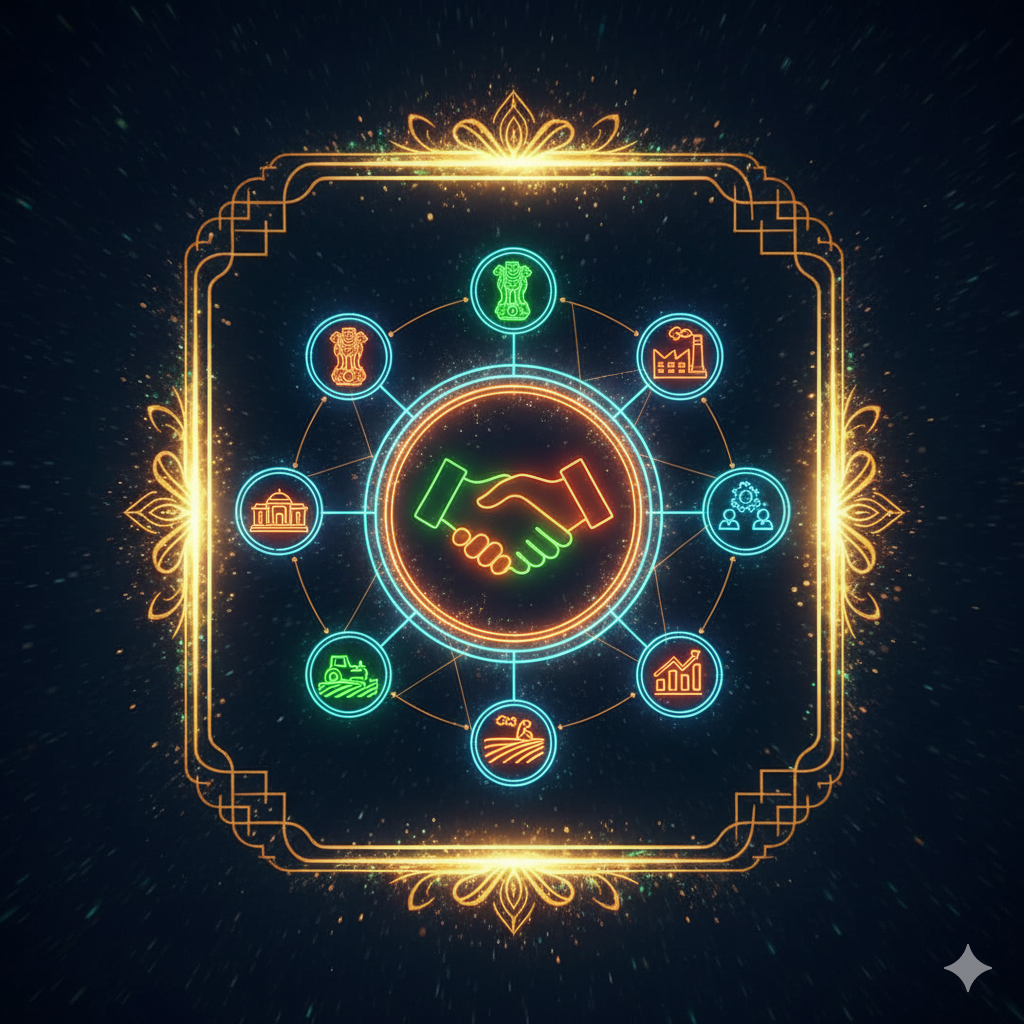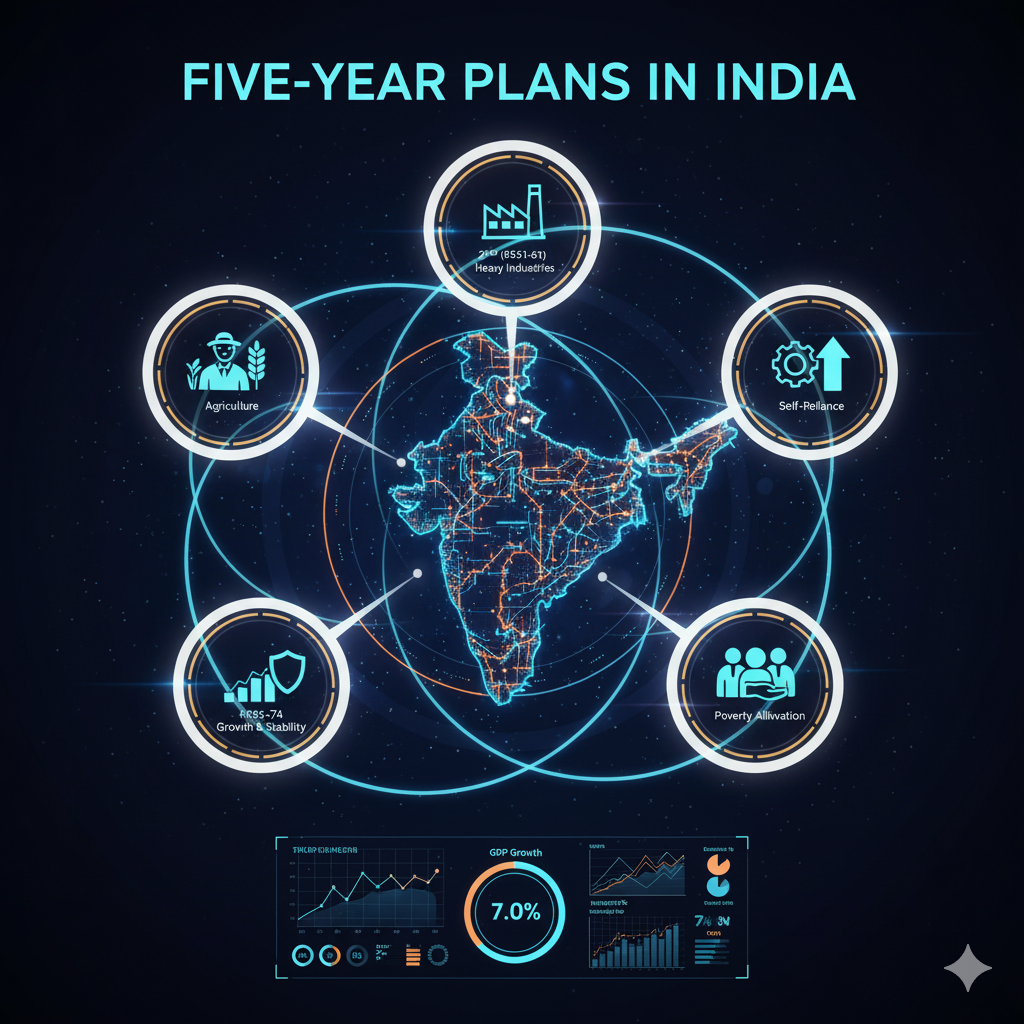Introduction
India, despite being one of the fastest-growing economies in the world, continues to face the persistent challenge of poverty. With its rapid economic growth, the country has witnessed an increase in its GDP, infrastructure development, and human capital. However, these gains have not always been equitably distributed, and large sections of the population remain trapped in poverty. While traditional measures of poverty, such as income levels, remain significant, the true nature of poverty is far more complex.
Poverty is no longer just the lack of money or income, but a multifaceted issue encompassing several dimensions, such as access to education, healthcare, clean drinking water, housing, and employment opportunities. This essay delves into the multidimensional nature of poverty in India and suggests a comprehensive strategy for poverty alleviation that addresses both economic and social inequalities.
The Multidimensional Nature of Poverty in India
Traditionally, poverty has been viewed through a unidimensional lens—primarily focusing on income. The most commonly used measure has been the poverty line, which defines individuals living below a certain income threshold as poor. While this remains an important indicator, poverty is much more than just income deprivation. The multidimensional nature of poverty reflects the various ways in which poverty manifests in people’s lives and communities. These dimensions include:
1. Economic Poverty (Income Deprivation)
Economic poverty refers to the inability of individuals or families to meet their basic needs, such as food, clothing, and shelter. Despite the country’s significant economic growth, income inequality continues to widen, and millions of Indians live on less than $2 a day, far below the global poverty threshold.
India’s rural-urban divide exacerbates this issue, with rural areas often lagging behind in terms of income, job opportunities, and overall economic infrastructure. Large populations in rural areas are dependent on agriculture, which remains vulnerable to climatic changes, poor irrigation systems, and limited access to technology.
2. Lack of Access to Basic Services (Education and Healthcare)
Education and healthcare are essential elements of human development and key factors in escaping poverty. However, millions of people, especially in rural and backward regions, lack access to quality education and healthcare services.
- Education: Although India has made strides in increasing literacy rates, educational attainment remains unequal, with many children from poor households unable to attend school due to financial constraints, lack of infrastructure, or cultural barriers. The gap between urban and rural educational opportunities is also significant, with rural children facing difficulties accessing secondary and higher education.
- Healthcare: Healthcare access remains a significant challenge. Many Indians lack affordable and quality healthcare services, leading to high infant mortality rates and a low life expectancy. Additionally, health-related costs force many families into deeper poverty as they incur heavy medical bills for treating chronic diseases or emergencies.
3. Social Exclusion and Discrimination
In India, social exclusion based on caste, gender, religion, and ethnicity plays a crucial role in perpetuating poverty. Scheduled Castes (SC), Scheduled Tribes (ST), and Other Backward Classes (OBCs) continue to face systemic discrimination in various spheres of life, including education, employment, and access to social services.
Women, especially in rural and conservative regions, face gender-based discrimination, leading to unequal access to education, healthcare, and job opportunities. Additionally, tribal communities and minority religions are often marginalized in the social fabric, limiting their chances of breaking the cycle of poverty.
4. Inadequate Housing and Sanitation
Housing and sanitation are other significant factors contributing to poverty. Over 100 million people in India live in slums or informal settlements where they lack basic infrastructure like clean drinking water, electricity, sanitation facilities, and safe living conditions.
Without proper housing, people are exposed to the risks of flooding, disease, and poor air quality, further deepening their poverty. Inadequate sanitation facilities contribute to the spread of diseases such as cholera, malaria, and diarrhea, disproportionately affecting poor communities, especially in urban slums.
5. Vulnerability to Natural Disasters and Economic Shocks
The poor are particularly vulnerable to natural disasters like floods, droughts, and earthquakes, as well as economic shocks such as inflation, unemployment, or trade disruptions. Because of their lack of assets and access to social safety nets, the poor are less resilient to such shocks. For instance, rural communities that rely on agriculture are vulnerable to climatic changes, while informal workers in urban areas are often unable to cope with fluctuations in the economy or job market.
6. Employment and Livelihoods
In many areas, poverty is compounded by a lack of decent employment opportunities. Large sections of the population are employed in the informal sector, working in unregulated jobs that provide low wages, limited job security, and little access to social security benefits.
Agricultural laborers, construction workers, street vendors, and domestic workers represent a significant portion of India’s poor working population. These workers face exploitative labor practices, low productivity, and a lack of skills development opportunities, which prevent them from breaking the cycle of poverty.
Comprehensive Poverty Alleviation Strategy
Given the multifaceted nature of poverty, a holistic and multidimensional approach is necessary for its alleviation. Below are some strategic measures that can be adopted to eradicate poverty in India:
1. Focus on Inclusive Economic Growth
While India has achieved impressive economic growth in recent years, it must focus on inclusive growth that benefits all sections of society, particularly the marginalized. Policymakers should focus on:
- Job Creation: Encouraging labor-intensive industries like manufacturing, construction, and agriculture to generate employment.
- Sustainable Development: Ensuring that growth is environmentally sustainable, so it does not disproportionately harm the poor.
- Boosting MSMEs: Providing incentives, credit facilities, and infrastructure to Micro, Small, and Medium Enterprises (MSMEs) which are a major source of employment for the poor.
2. Expansion of Social Safety Nets
A robust social safety net is critical to protect vulnerable populations from economic shocks. India’s existing schemes like MGNREGA (Mahatma Gandhi National Rural Employment Guarantee Act) and PMAY (Pradhan Mantri Awas Yojana) should be strengthened and expanded to ensure:
- Universal Healthcare: Implementing Universal Health Coverage (UHC) to ensure that no one falls into poverty due to medical expenses.
- Universal Basic Income (UBI): Piloting UBI schemes could offer a direct income transfer to the poorest households, providing them with a financial cushion.
- Social Security for Informal Workers: Extending social security benefits like pensions, insurance, and maternity leave to the informal workforce.
3. Education and Skill Development
Education and skill development are at the heart of poverty alleviation. A comprehensive education policy should focus on:
- Universal Primary Education: Ensuring that every child has access to free and quality education up to the secondary level.
- Vocational Training: Expanding vocational education to equip young people with marketable skills for employment in sectors like construction, manufacturing, and IT services.
- Digital Literacy: Promoting digital literacy to bridge the urban-rural divide and prepare the workforce for the digital economy.
4. Improving Infrastructure and Housing
Investment in infrastructure is key to improving the quality of life for the poor. This includes:
- Affordable Housing: Expanding affordable housing projects to provide secure living conditions for slum dwellers and low-income families.
- Sanitation and Water Access: Ensuring that every household has access to clean drinking water and sanitation facilities.
- Rural Infrastructure: Investing in rural infrastructure like roads, electricity, irrigation, and internet connectivity to improve productivity and living standards.
5. Empowering Women and Marginalized Communities
Empowering women and marginalized communities is essential for breaking the cycle of poverty. Policies should include:
- Gender Equality: Ensuring that women have equal access to education, healthcare, and employment opportunities.
- Social Inclusion: Creating affirmative action programs that ensure social inclusion for SC/ST communities, women, and minorities.
6. Strengthening Rural Livelihoods
Agriculture remains the primary livelihood for the majority of the poor. Policies must focus on:
- Agricultural Reforms: Introducing technological advancements, better irrigation practices, and access to markets for rural farmers.
- Diversified Livelihoods: Promoting non-farm activities like handicrafts, tourism, and rural enterprises to diversify income sources.
Conclusion
Poverty in India is a complex and multifaceted issue that cannot be tackled with one-dimensional solutions. The persistent poverty despite economic growth highlights the need for a multidimensional approach to poverty alleviation. A comprehensive strategy that includes inclusive economic growth, enhanced social safety nets, education and skill development, infrastructural improvements, and empowerment of marginalized communities can help break the cycle of poverty.
By addressing the root causes of poverty and focusing on long-term, sustainable solutions, India can ensure that its economic growth translates into improved living standards for all its citizens, particularly the poor and marginalized.




